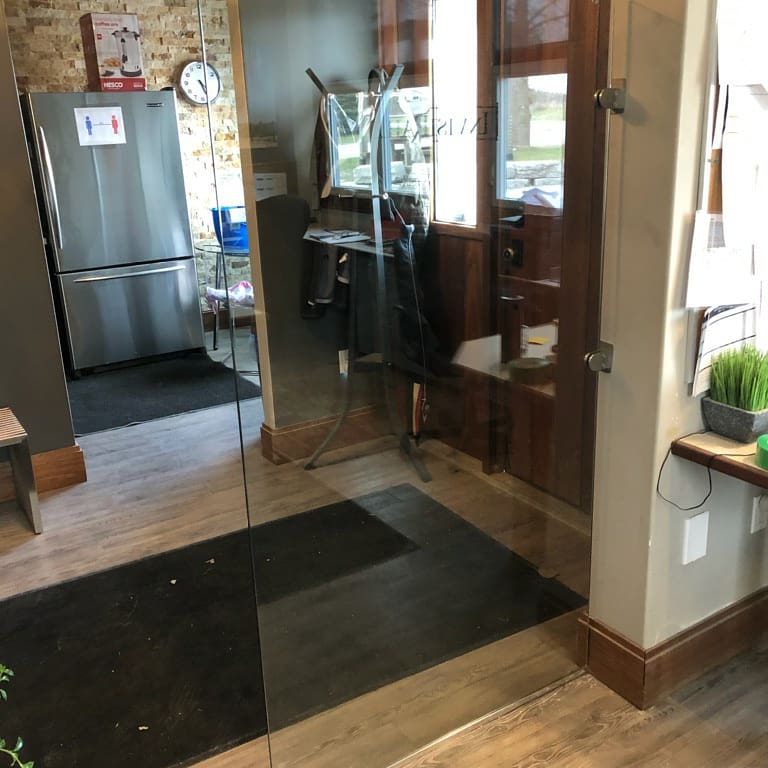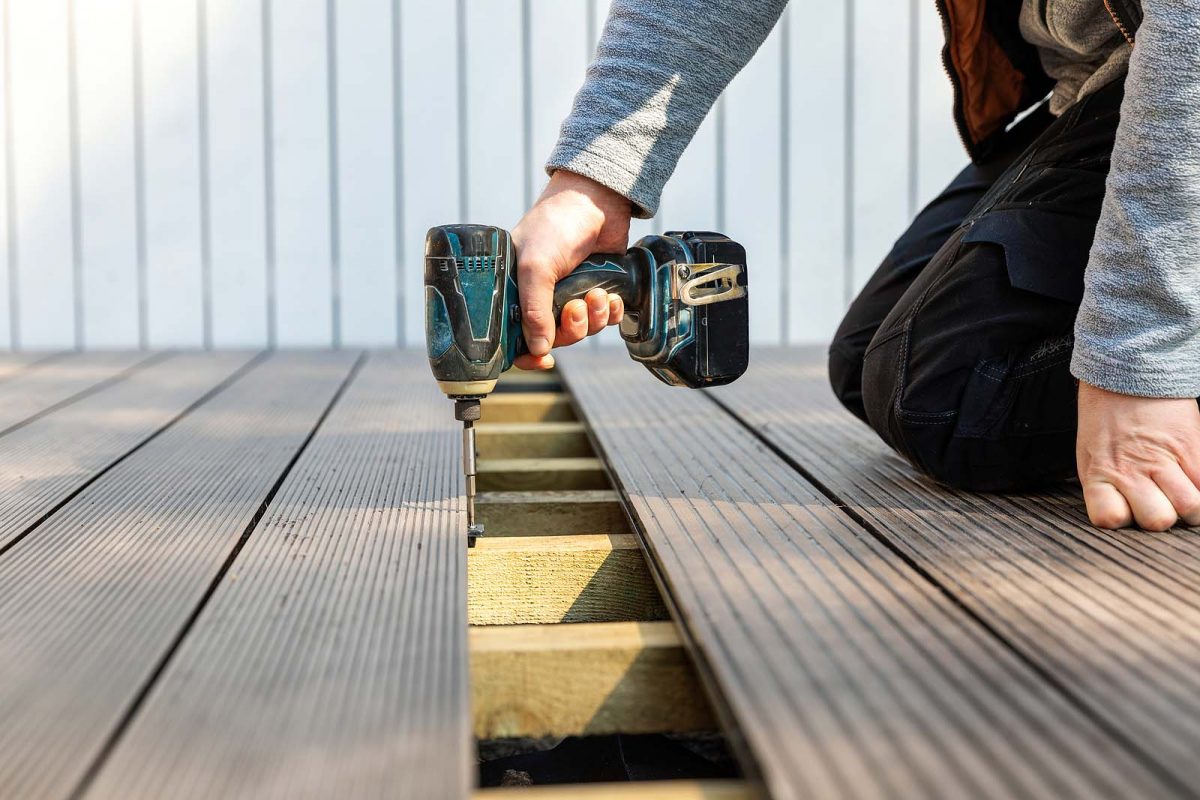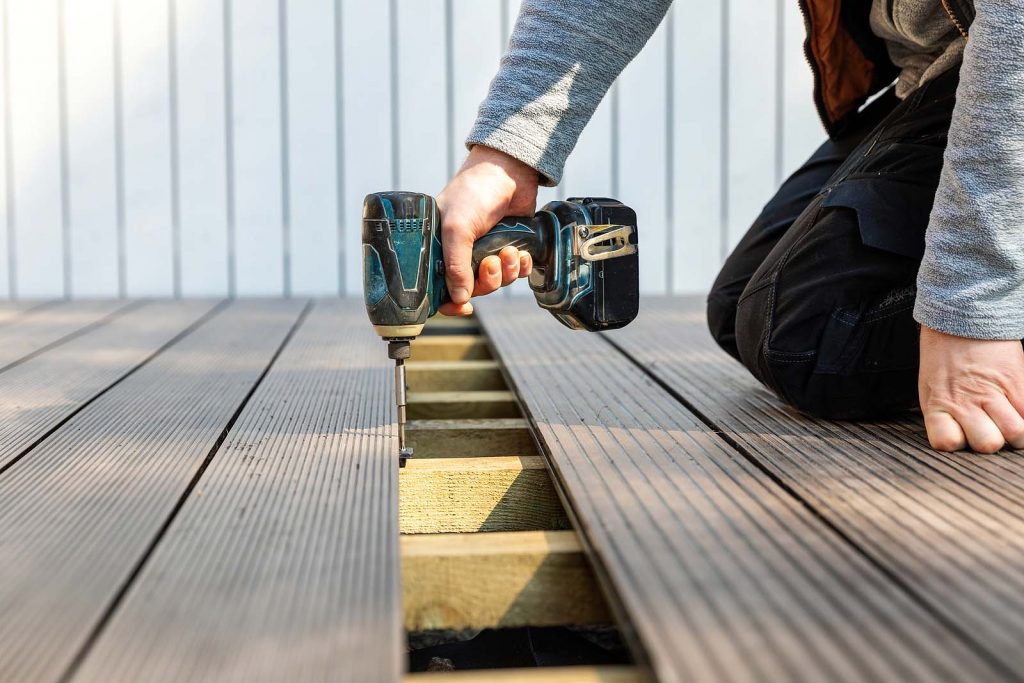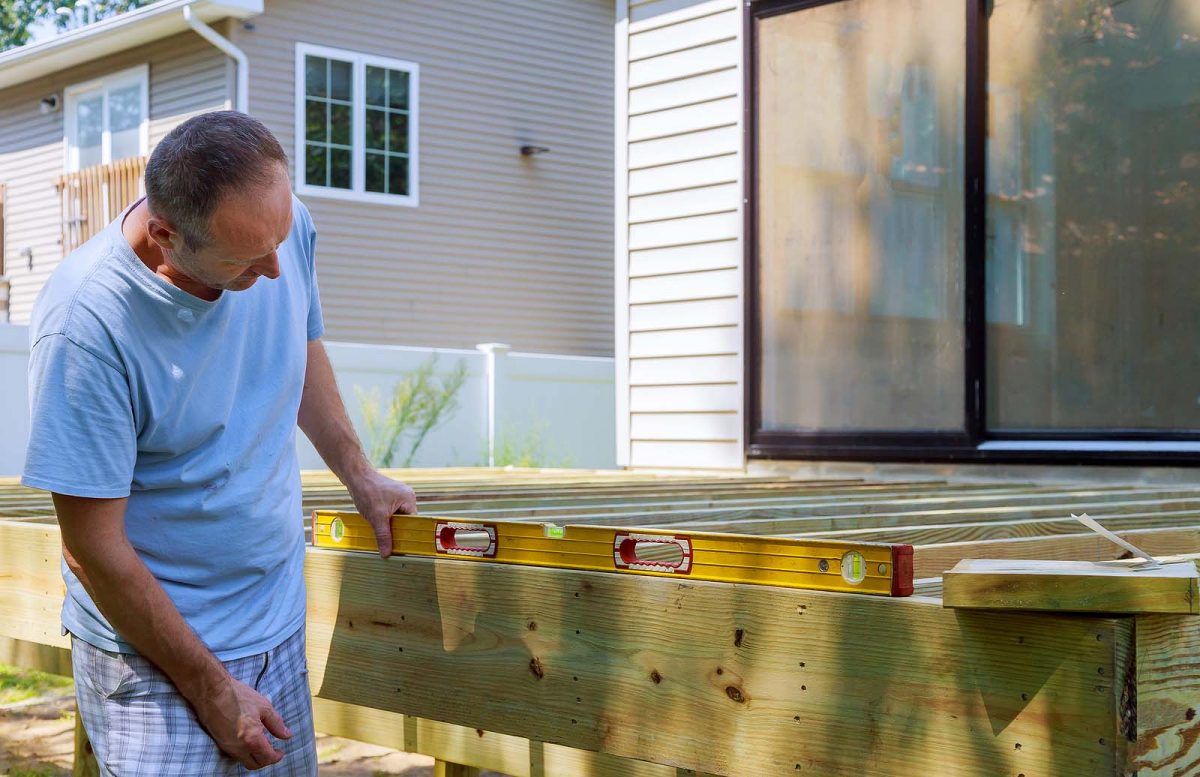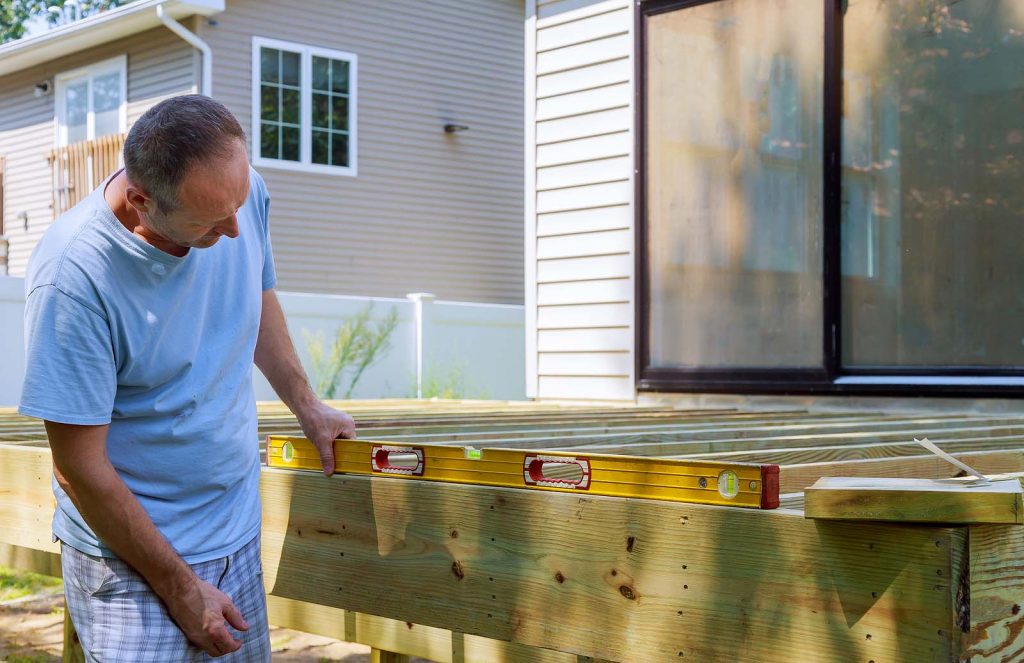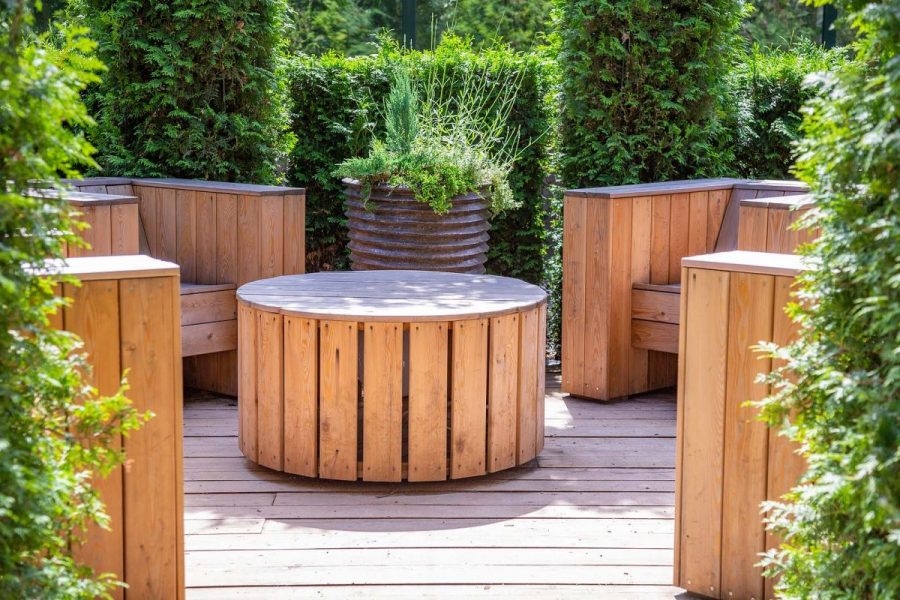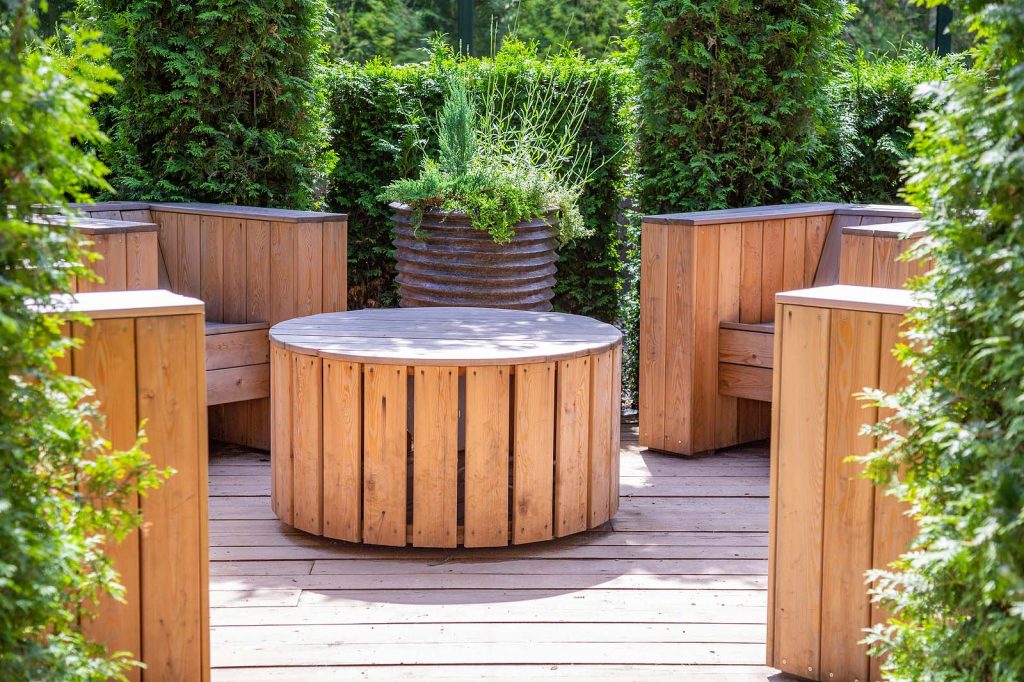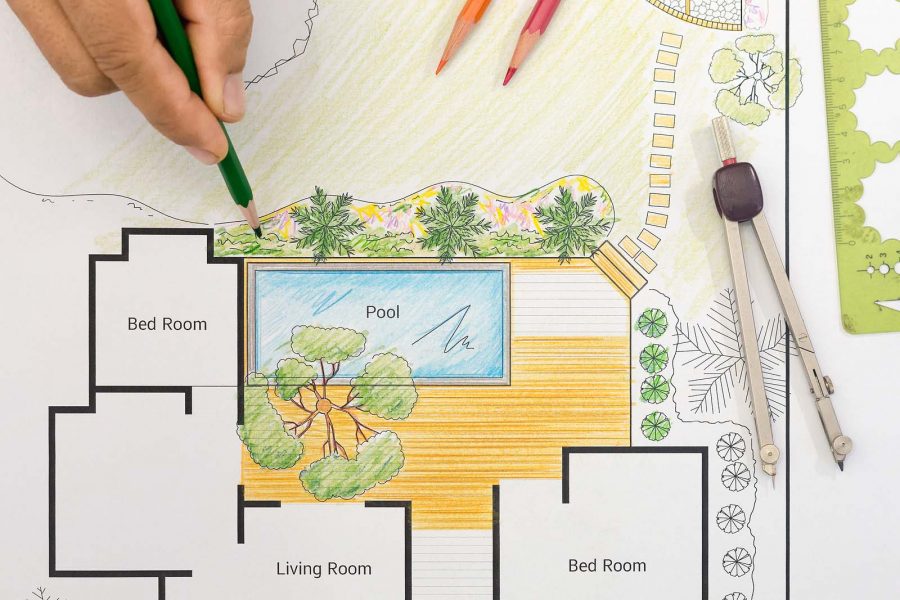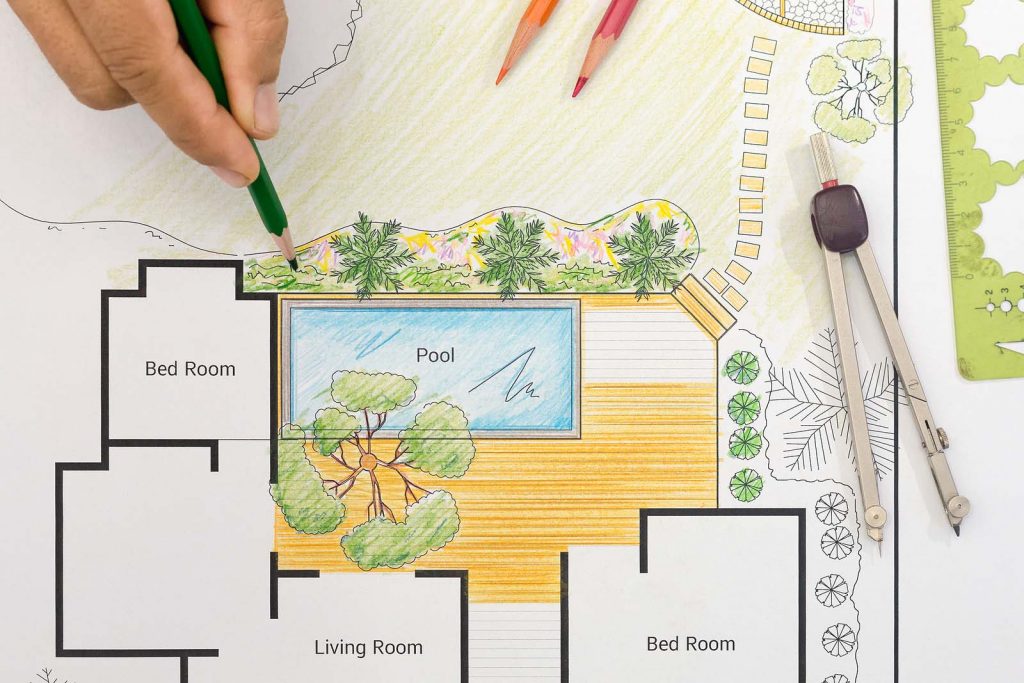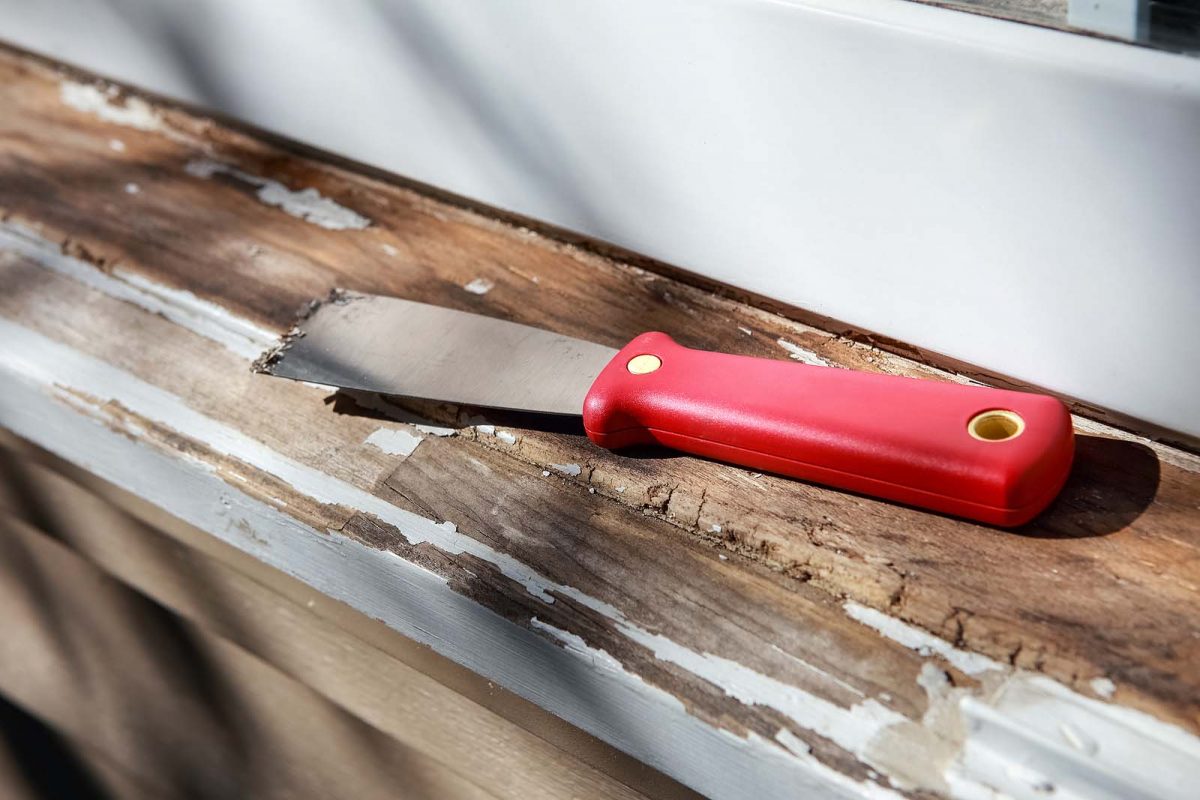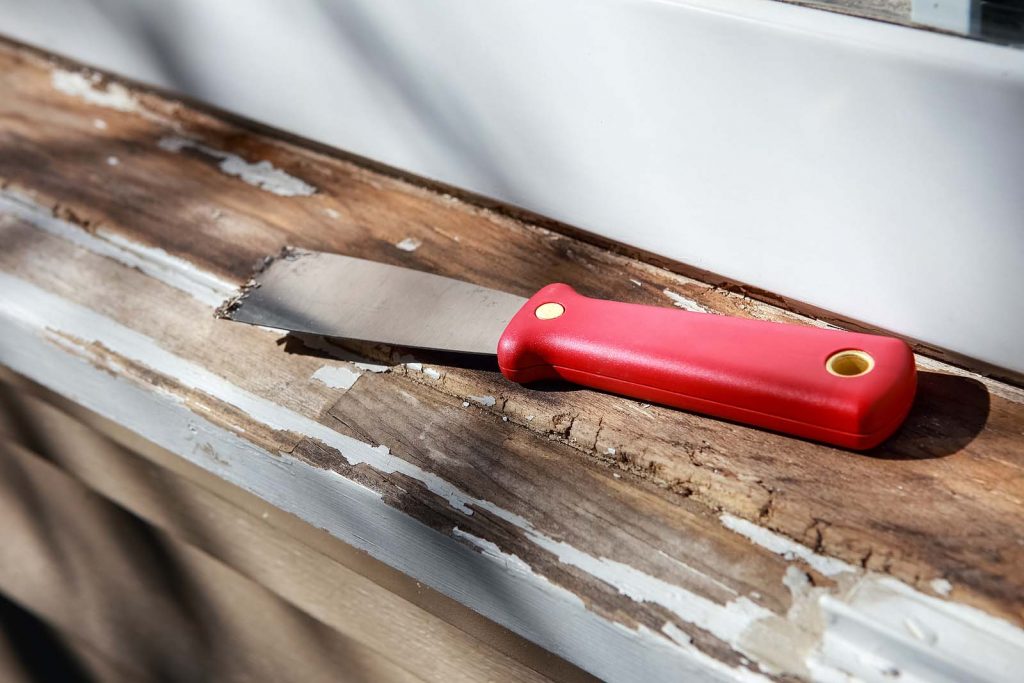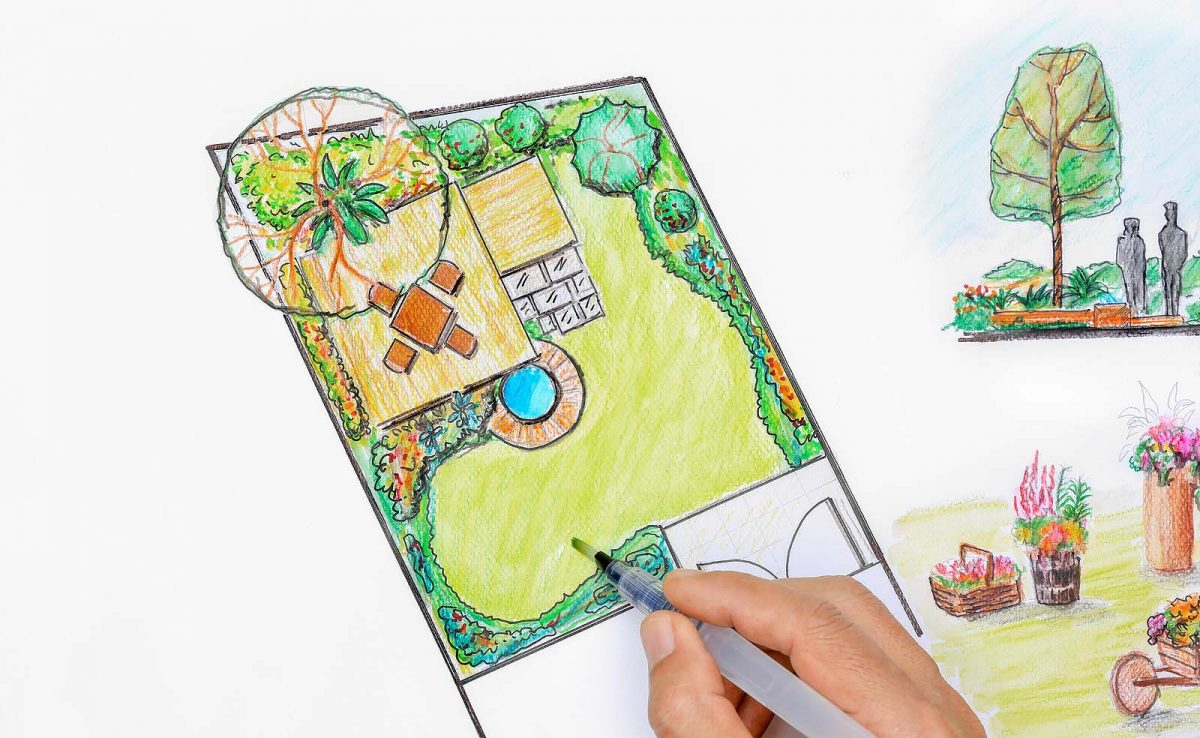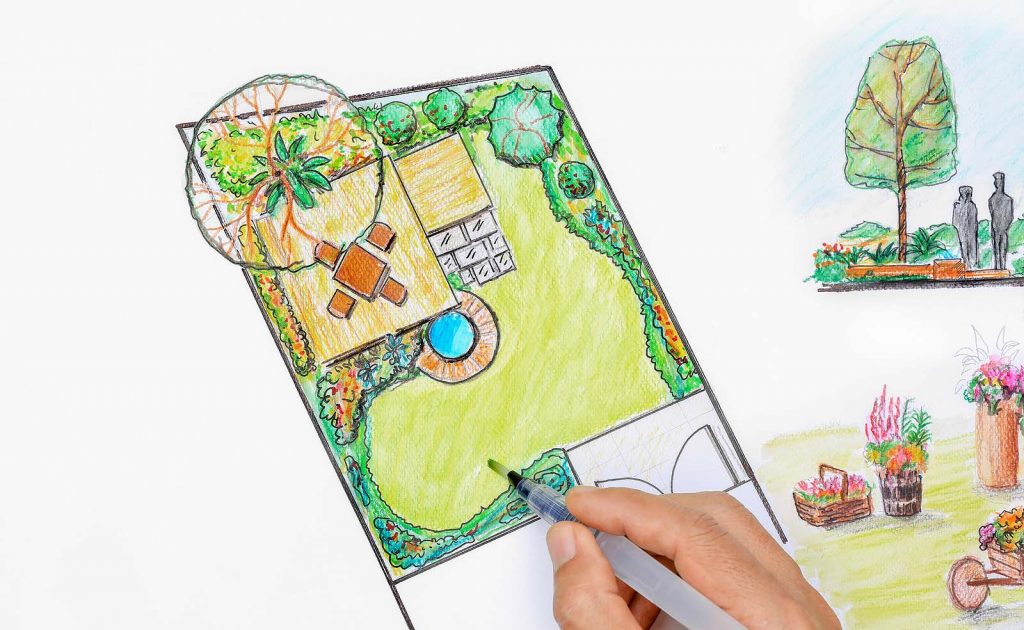In the summertime there’s nothing quite like a deck for cooking out, entertaining, or simply relaxing. In addition to boosting outdoor living space, a deck can be an asset when you sell your home. Adding a deck will give you a significant return on your investment, depending on where you live and size of your deck and according to the 2014 Cost vs. Value Report from Remodeling Magazine. Planning a successful deck requires careful consideration of your site, your budget, and the features you should or shouldn’t include. Here are some things you should keep and mind and use when evaluating your home and determining whether or not you should add a deck.
Decide on the Size and Location of Your Deck
Your deck will be a popular place, so give careful thought to where it should be located. Begin by working out how to access it from the house. The ever-handy back door to the kitchen probably won’t do the job; it will force traffic toward the cooking area, making a shambles of any large-group entertaining. A better solution is a French door or slider that gives primary access from a living room, dining room, or family room while being handy to the kitchen. If the doorway can also be positioned to offer an expansive view, all the better.
Next, make sure the deck neither swamps your yard, nor becomes lost in it. Your local codes may set standards for how much of your lot can be occupied by a deck, and how close a deck can be to your lot line. Check these limitations early in your planning with your city or county building department.
Decide where to locate stairways off the deck so they provide unobtrusive access to the backyard. Also consider the path of the sun and the location of shade trees; sunlight may be pleasant in the morning but unbearable later in the day — having a shade tree to the west of your deck will help block the harsh late-day sun. Work out how to preserve your privacy and how to screen your deck from prevailing winds.
How Much Should you Spend?
If you are considering a deck the size of a helicopter landing pad, with all the additional bells and whistles imaginable, then you better think again. Extravagant does not always mean better and in the case of decks simple is easiest and the best looking. For example, a medium-size (16-by-20-foot) deck made of pressure-treated wood provides the best return, averaging about 87% nationally. PVC decking (Trailways, Passport, and Tongue & Groove are some well-known brands) makes great sense from a maintenance point of view but will be more expensive than other types of material. Composite material costs about 45% more than pressure-treated wood and will allow you to recover an average of 74.3% of your cost to build it if you choose to sell your home. If you own an upscale home, a more decadent deck may be appropriate to keep up with the Johnsons, but don’t expect a high pay back: A two-level, 400-sq. ft. deck with upscale features such as composite decking, decorative railings, and built-in lighting offers only a 65.1% pay back.
Hankering for an even higher return? If you’re reasonably handy, you might want to go for the gold and build the deck yourself. Labor costs typically make up more than half the cost of residential construction. That means you can spend as little as $4,000 in materials for a wood deck of mid-range size and come away with a resale value of more than $8,000 a reasonable return.
However, plan on spending four to six weekends building a 16×20 foot deck yourself. If you choose this route, consider buying a ready-made deck plan. Or, put to use one of the many websites with interactive design aids, such as Lowe’s Deck Designer, and Deckorators.
Think about Your Area/Environment
To recoup a good portion of your investment, your deck needs to be right for your market. Appraiser Dick Koestner of Davenport, Iowa, recommends the simply checking out other decks in your area. “Don’t make it too extreme [compared with] what’s typical in your market,” he counsels. “Definitely don’t make it less than what is expected in the market.”
Koestner also emphasizes the importance of obeying local codes. “A lot of potential purchasers are having a home inspection done,” he says. “If the home inspector finds the deck isn’t built to code, most of the purchasers are saying, ‘Hey, fix it.’”
He emphasizes that codes exist not just to preserve property values, but promote safety. For example, railing balusters spaced too far apart can constitute a falling hazard for small children (most codes stipulate 4-inch maximum gap). In addition, a deck inadequately attached to the house can collapse, often during a party when the structure is loaded with the extra weight of many people, creating mayhem like something out of the Poseidon Adventure. So get a permit from your building department and follow their requirements.
Of course, by dint of taking out a building permit your tax assessment will rise, but only to the extent that the value of your property is increased. The effect should be minimal: Decks are considered an outdoor improvement much like a new driveway or upgraded landscaping, not additional living space.
Although it’s hard to put a dollar value on how to make your deck look amazing you should take some time and think about how it will blend in with the design of your house and the layout of your backyard. You may decide to add railings to give it some pop and complement your home or some lights to make it stand out long after the sun goes down.

